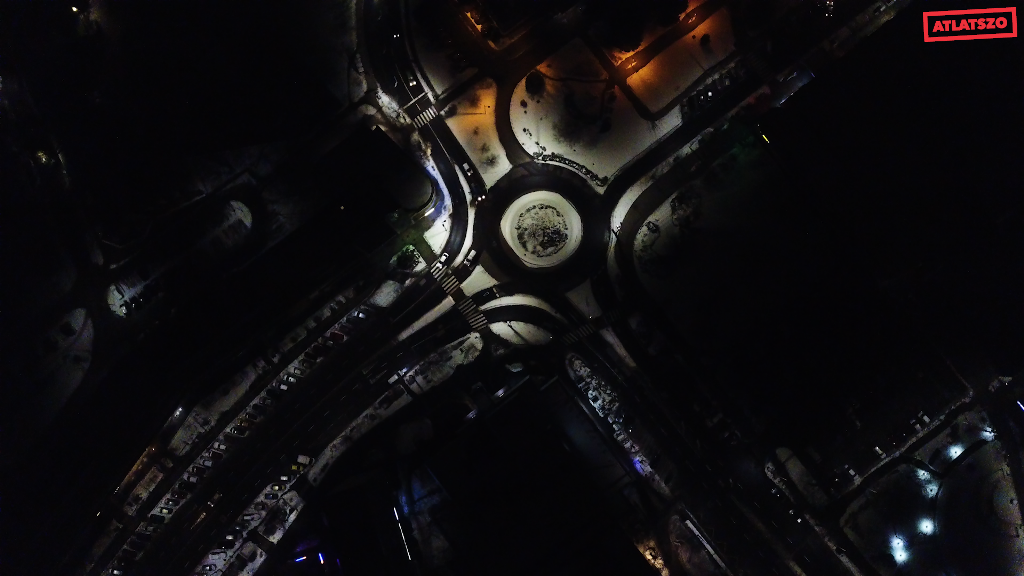The https://english.atlatszo.hu use cookies to track and profile customers such as action tags and pixel tracking on our website to assist our marketing. On our website we use technical, analytical, marketing and preference cookies. These are necessary for our site to work properly and to give us inforamation about how our site is used. See Cookies Policy
This is what corruption looks like: drone videos of 23 towns with Elios lamps
One of the biggest political scandals of the past few months was the so-called Elios scandal in Hungary. OLAF, the European anti-corruption agency sent the result of two years of its work to Hungarian authorities in the winter, recommending legal action over “serious irregularities” and “conflict of interest” connected to Elios Zrt. The company won contracts to install new street lights in towns across the country. The contracts were worth €40 million, financed by EU funds.
Since then, journalists and watchdogs have figured out how the system worked so that only one company could win the contracts. But what is the result of all that money spent on new LED lights?

There have been many complaints about the lamps from across the country, and we wanted to know if the complaints were valid.
So, in the past few weeks, we drove about 2500 kilometers, went to two dozen towns and shot videos at night. We also sent our drone above these towns to see how the new lamps work.
And, of course, we took a photometer with us.
A közvilágítás Tiborczék után – drónfelvételen 23 éjszakai város from atlatszo.hu on Vimeo.
Looking at the drone footage it is clear that main roads are flooded with lights while smaller streets are dark. There is a circle of light around the lamp posts, but that’s all. In many towns, entire neighborhoods went dark after the new LED lights were installed by Elios.
We can prove that we did not manipulate the footage: watch out for cars passing the dark patches in the pictures. The fact that you can clearly see their headlights shows you that we did not manipulate the footage. If we did so, you would not be able to see the cars, either.
And because we did not want to rely only on our eyes and on anecdotal evidence, we took a photometer with us. And the data confirmed the complaints: right under the lamp posts, in the circles of light created by the lamps, we measured 20-40 lux. But when we measured the light in between two lamp posts, or on the other side of the street, it was lower than 2 lux, which is about as dark as a moonlit night with no artificial lighting.
It is obvious that when dark and bright patches follow each other frequently, and the light is not even, it is dangerous: the eyes of drivers cannot get used to the changes and there are moments that they cannot see anything at all.
And this is exactly what happens on smaller streets in the ‘Elios-towns’: one side of the street is brightly lit, while the other side is almost completely dark. Sometimes there are bike paths on the dark side of the street.
But sidewalks are the darkest of all, especially in suburban neighborhoods. The light from the LED lamps cannot strike through the branches and leaves of trees.
The fact that the LED lamps create very bright and very dark patches mean that if one lamp breaks, it is a serious problem. Just one lamp going dark means that for about one hundred meters there is less then one lux of light – which means that people have to walk in the dark.
And these new LED lamps do break very often. People we talked to in the ‘Elios-towns’ said that this was a common problem, and we can confirm this as well: wherever we drove to shoot the videos, we found many broken lamps. In several towns entire streets went dark.
Written by András Becker
Video by Ákos Baranya, Gergely Pápai
You can read the original, Hungarian language story here.
[sharedcontent slug=”hirdetes-english”]

